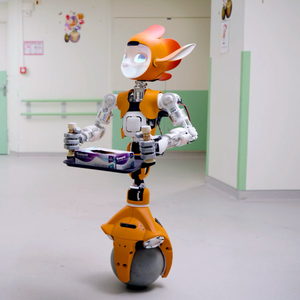As I watched the sun rise today, sipping my freshly brewed espresso, my mind wandered off to an unlikely place – the bustling corridors of a high-tech hospital, shimmering with cutting-edge technology.
I found myself drawing parallels with that iconic cinematic masterpiece, Star Trek, where the dream of medical tri-corders and holographic doctors isn’t a far-off fantasy, but the norm. If Captain Kirk could see us now, he'd probably say,
"It's about time, earthlings!"
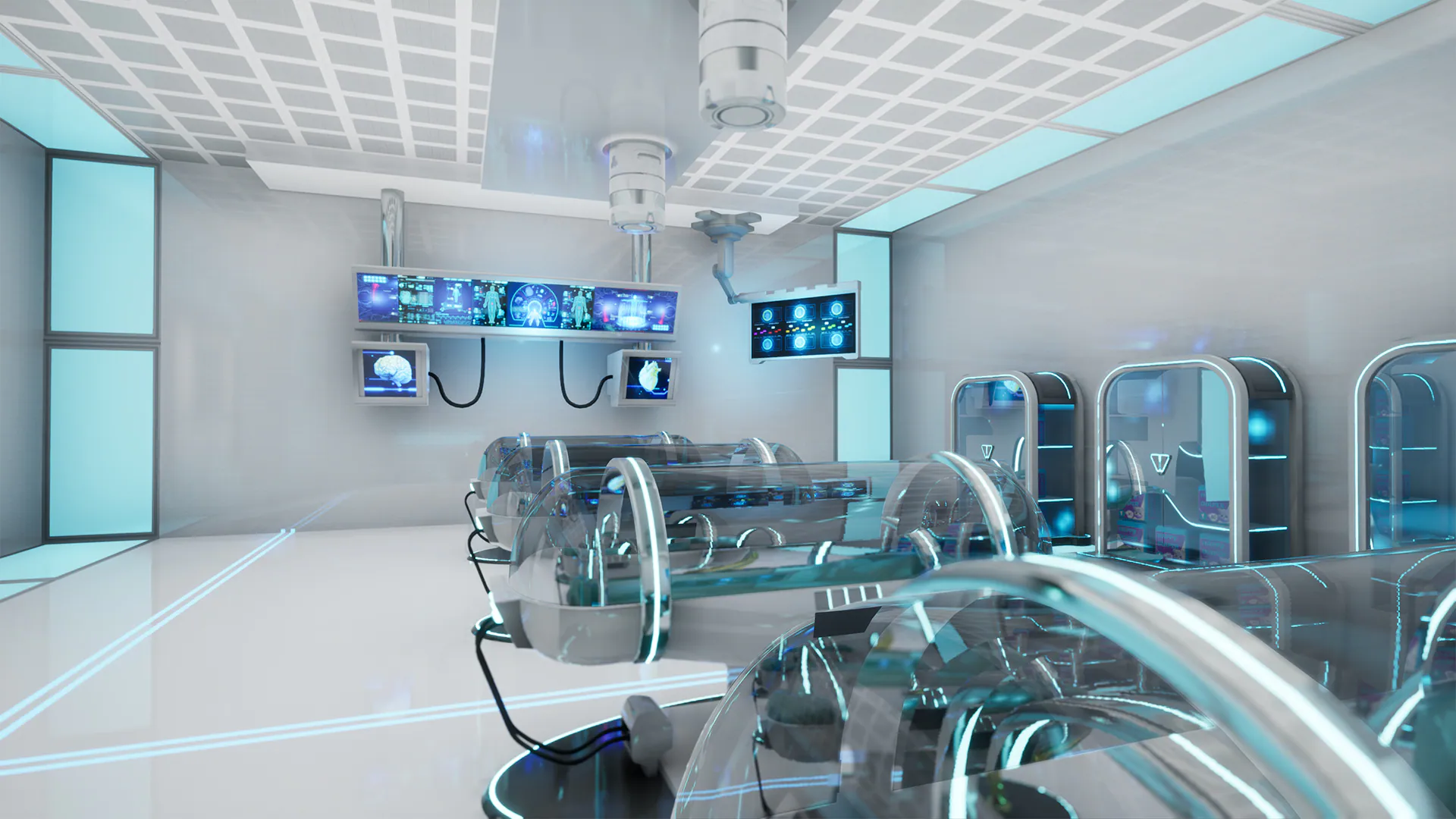
So, where do we stand today in this grand cosmic play of medical services?
Let’s go through this intriguing journey, where robots aren't merely machines but transformative forces in healthcare.
Our journey's medical history has been a remarkable one. From using herbs and primitive tools to the advent of anesthesia and advanced surgical techniques, medical services have always been on the precipice of human innovation.
But the real game-changer arrived when technology decided to play doctor. As we embark on this journey, how about getting yourself some cool Star Trek-medical kit? Trust me, they would definitely make your next doctor's appointment a tad more exciting!
Robotic healthcare, at this point, is more than just a buzzword; it’s a real, tangible phenomenon that's transforming medical services as we know it. It is not about replacing the human touch but about enhancing it - making procedures less invasive, diagnoses more accurate, and patient care more personalized. The revolution has just begun, and it's time we got up close and personal with it. Buckle up, dear readers. It's going to be a fascinating ride!
Robotic Assistance in Surgeries
Who could have imagined, back in the Short Circuit days, that our adorable Johnny 5 would pave the way for robots assisting in surgeries? No disassemble, indeed!
While the idea of autonomous robots performing surgery sounds exciting (or terrifying, depending on how you see it), the reality is a bit more grounded, and in my opinion, far more impressive.
When we talk about robot-assisted surgery, we're primarily referring to a surgeon using a computer console to control robotic arms that perform the operation. Think of it as an extension of the surgeon's skills but with superhuman precision.

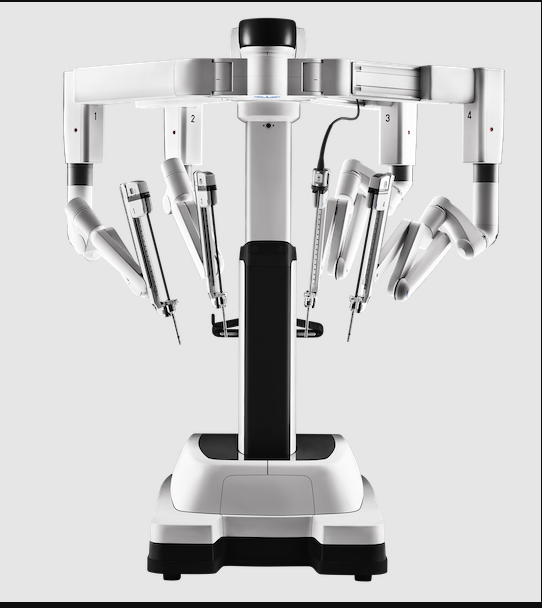
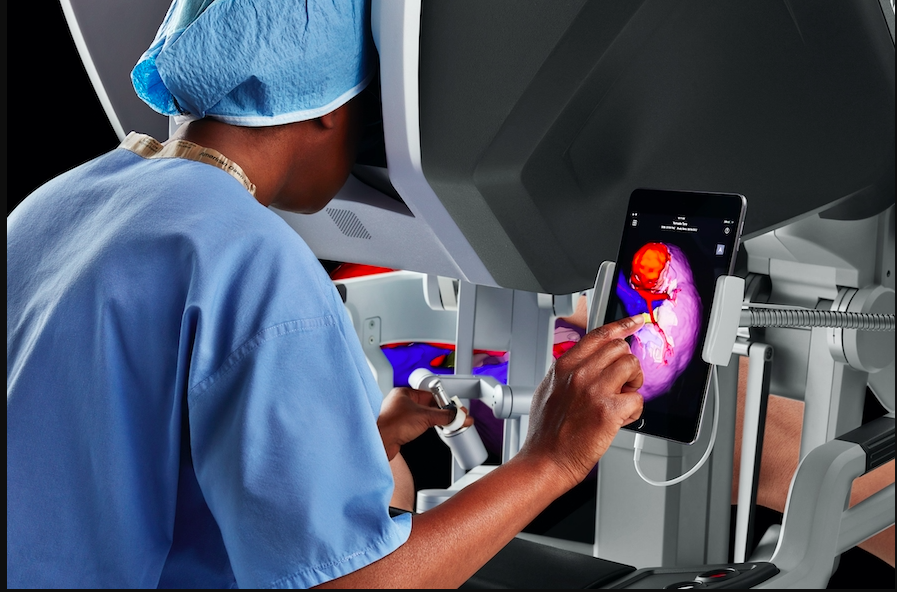
The most widely known example of this technology is the Da Vinci Surgical System, which has transformed the landscape of minimally invasive surgery.
So, why the shift towards robots?
Well, robot-assisted surgeries offer some significant advantages. For starters, they allow for greater precision and control during complex procedures.
Surgeons can operate with fewer incisions, which means less blood loss and faster recovery time for patients. And let's not forget the reduced risk of infection and less postoperative pain. It's a win-win situation, both for the medical practitioners and patients.
But, as with everything in life, it's not all rainbows and unicorns. Robot-assisted surgeries come with their share of challenges. High costs, extensive training required for surgeons, and the psychological impact on patients are some of the key concerns that need addressing.
As we continue to push the boundaries of robotic surgery, it's essential to maintain a balance between human skills and technological intervention.
Remember, folks, we're still the captains of this ship! Where we can evaluate the pros and cons of robotic surgery.
To truly appreciate the impact of robotic assistance in surgeries, let's delve into a few notable case studies. Trust me, once you learn about these real-life 'miracles', you'll be just as excited about this tech revolution as I am!
Hands-On Learning & DIY in Medical Robotics
You remember when your mom told you not to play with your food? Well, now I'm going to tell you to play with your tech! I mean, how else will we inspire the next generation of medical roboticist if we don't get our hands dirty with some hands-on learning and DIY robotics projects?
I know, not everyone has a surgical robot in their backyard (if you do, hit me up, I’d love a tour!).
However, there are plenty of other ways to engage with this fascinating field.
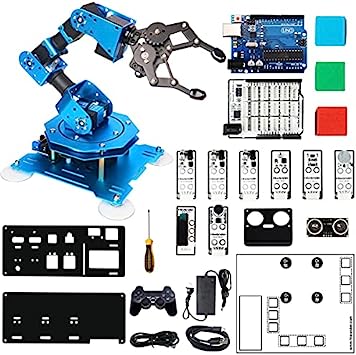
For starters, let's take a look at the Arduino Robotics Kit. Sure, it might not be a da Vinci Surgical System, but everyone has to start somewhere, right? This kit gives you a fantastic introduction to robotics and programming. You might just create a revolutionary healthcare gadget right in your garage!

Next, let me introduce you to Scratch, an interactive, child-friendly platform developed by the brilliant minds at MIT. It helps young learners understand programming concepts and encourages them to create their own interactive stories, games, and animations.
For the adults among us who are keen to learn about medical robotics, don’t worry, I’ve got you covered! Websites like Coursera and edX offer several courses related to robotics and medical technology. You could be sitting in your pajamas and learning from top experts from renowned universities. Now, if that isn't cool, I don't know what is!
Alright, folks, time to roll up those sleeves and dive into the world of DIY robotics. Whether you're a curious kid, an enthusiastic amateur, or a professional looking to broaden your knowledge, remember that every big journey starts with a single step. Or in our case, a single circuit. Have fun tinkering!
The Future of Robotic Healthcare
When I was a kid, I used to dream about a future filled with flying cars, talking robots, and teleportation devices. Well, we may not have flying cars (yet), and teleportation is still a distant dream, but talking robots?
We've got those in spades! And the healthcare industry is one of the fields where they're making a significant impact.
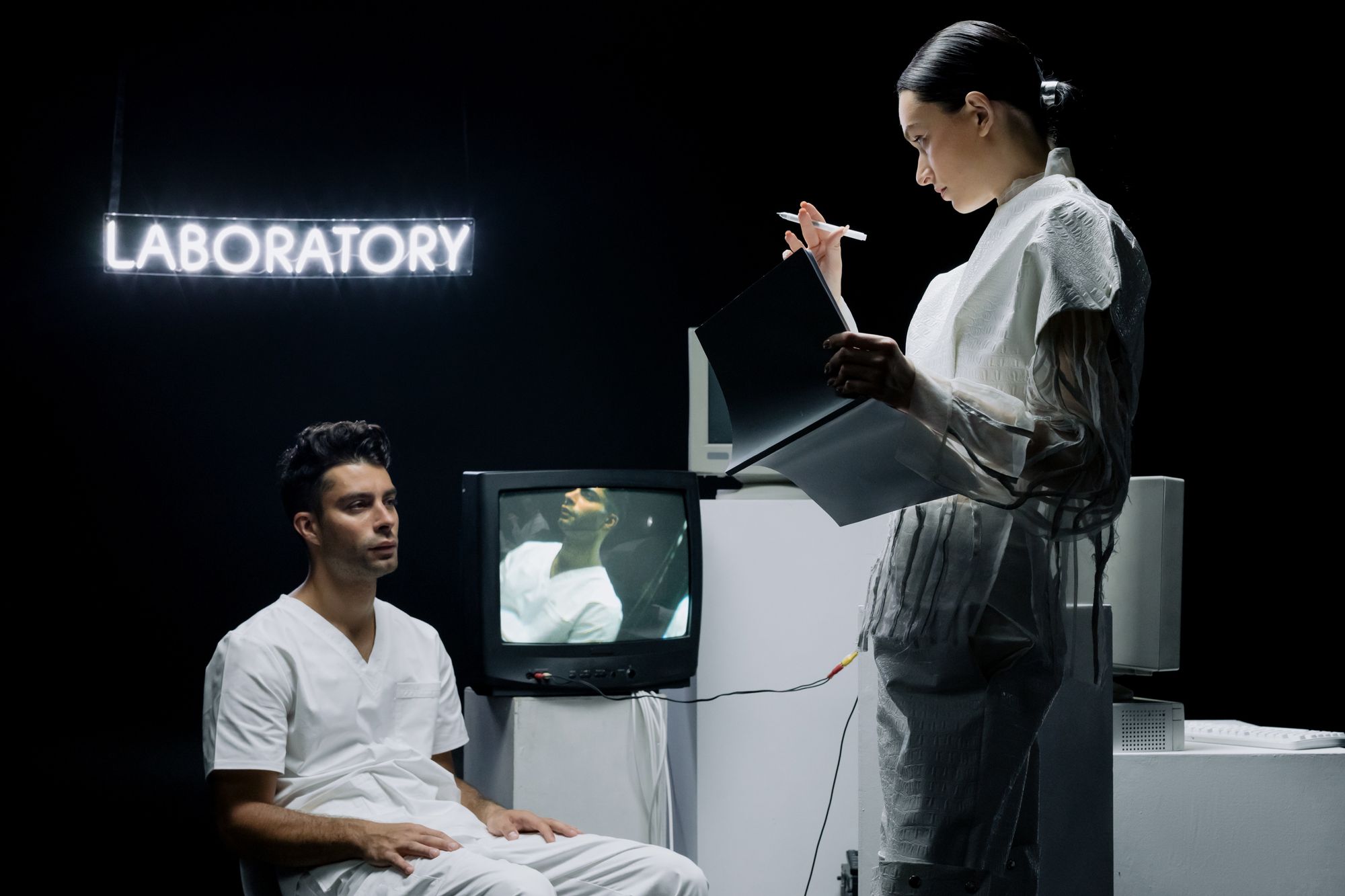
"Life moves pretty fast. If you don't stop and look around once in a while, you could miss it."
That's a nugget of wisdom from Ferris Bueller, and it perfectly encapsulates how fast healthcare technology is evolving. In the future, we can expect even more exciting developments in the world of robotic healthcare.
Newest Bytes
For starters, at the HealthCare Automation and Digitization Congress 2023 think about AI-driven diagnostics. These complex algorithms, and systems can analyze patterns and predict health issues before they become life-threatening.
We're talking about a future where an AI could potentially detect a cancerous cell before it multiplies uncontrollably, effectively saving countless lives.
Next up, consider remote surgery. Using robotics, a surgeon could potentially perform a life-saving operation from the other side of the world. This would allow patients in remote areas to receive top-tier healthcare without having to travel hundreds of miles. Imagine the possibilities!
And let's not forget about personalized healthcare. Using new technology, medical professionals could have access to real-time data about a patient's health status. This would allow for tailored treatment plans and more effective healthcare.
In the immortal words of from Back to the Future,
"The future is whatever you make it, so make it a good one."
As we step into the exciting, sometimes daunting future of robotic healthcare, it's crucial to keep in mind that technology is a tool, not a master. The future of robotic healthcare is indeed ours to shape. Let's make it a good one.
Fun Facts
Did you know that the first recorded use of robotics in surgery dates back to 1985? A robotic arm known as the PUMA 560 was used to perform a neurosurgical biopsy with great precision. Talk about a game-changer!
This opened up a new world of possibilities in the field of surgery, leading us to the highly sophisticated robotic systems we have today.
Here's another cool tidbit: In 2000, the FDA approved the Da Vinci Surgical System, the first robotic surgery system approved for general laparoscopic surgery. Since then, this system has been used in millions of surgeries worldwide and has paved the way for more advancements in the field of robotic surgery.
Isn't it exciting to think about what's next for medical robotics? From smart prosthetics to nanorobots, the future of medical services is shaping up to be nothing short of extraordinary.
If you're as intrigued by the history of medical robotics as I am, you might enjoy this [book on the history of medical robots](URL to a book on the history of medical robots on Amazon). It provides a detailed look into how far we've come and where we might be headed. A must-read for any tech enthusiast!

As we reach the end of this exploration, it’s clear that we've just skimmed the surface of what's possible with robotics in the field of medical services.
From aiding in precision surgeries to acting as an extra pair of highly skilled hands, robots have truly revolutionized healthcare as we know it.
It seems like the field of medical robotics took this advice to heart. In what feels like the blink of an eye, robots have transformed from a figment of science fiction to a reality of our medical world, improving and saving countless lives.
It's an exciting time to be alive, to say the least.
As we look forward to a future teeming with innovation, let's not forget that at the heart of it all, whether it's a robot or a human, the aim of healthcare remains unchanged - to heal.
As we hurtle towards this brave new world, let’s remember to guide our innovations with empathy and compassion, ensuring that these advances in medical robotics lead to a future that is not just technologically superior, but also humane.
And there you have it, folks, a deep dive into the world of medical robotics. It's a big, wide, robotic world out there, and I can't wait to see what the future holds. Thanks for joining me on this journey, and remember, as long as we're dreaming - let's dream big!



